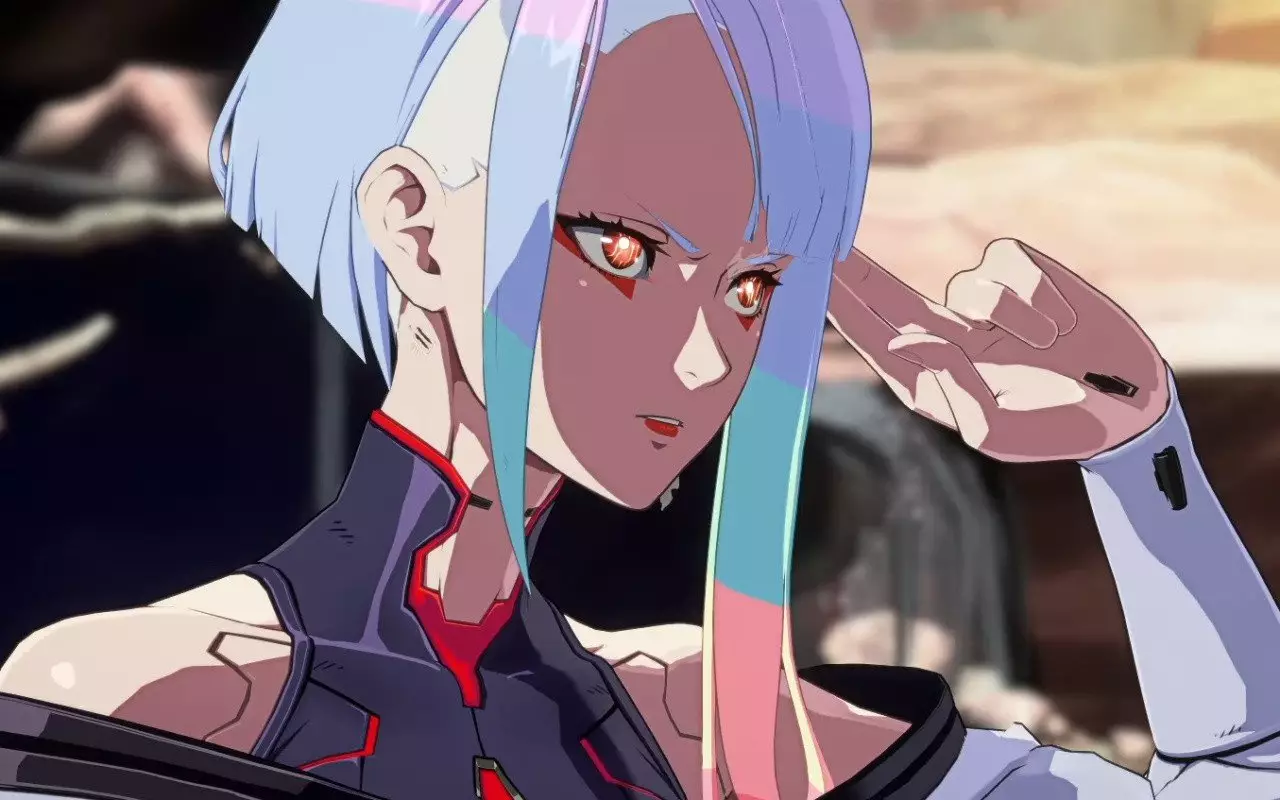In today’s competitive gaming landscape, it’s easy to overlook the significance of platform-specific updates and content expansion. However, when a title like Guilty Gear Strive makes a concerted effort to bridge the gap between its core audience and newcomers on the Nintendo Switch, it signals a pivotal shift. The upcoming release of new characters—Venom, Unika, and the highly anticipated Lucy—on Switch demonstrates not just a technical achievement but a bold statement: the fight for inclusivity and growth in fighting games is intensifying. By ensuring that the Switch version aligns with other platforms through substantial updates, Arc System Works emphasizes that complete, balanced experiences should be accessible anywhere, anytime.
The addition of final season DLC characters, especially a beloved figure from Cyberpunk: Edgerunner, highlights a strategic expansion that bolsters the game’s appeal across diverse fanbases. These characters aren’t just extra fighters—they are bridges connecting different stories, styles, and communities. This move signifies an understanding that modern fighting games must continually evolve, integrating popular culture references to stay relevant and engaging. For Nintendo gamers, this update transforms Guilty Gear Strive from a niche curiosity into a comprehensive, community-driven experience.
Technical Challenges and Commitment to Excellence
The development process behind bringing these new fighters to Switch vividly underscores the complexities developers face. Porting intricate fighting game mechanics, balancing visuals, and optimizing performance—often within hardware limitations—are enormous undertakings. Nearly halving the load through meticulous optimization shows a genuine commitment from Arc System Works. They are not just adding characters; they are refining the entire experience, removing technical barriers that often hinder mobile and console ports. This dedication elevates the Switch version from a mere adaptation to a competitive platform, ensuring players aren’t deprived of the full Guilty Gear Strive experience.
Furthermore, the update’s comprehensive nature—incorporating balance adjustments, ranked match enhancements, and resolving language display issues—demonstrates respect for the community’s needs. It’s a move that fosters trust and reaffirms the developers’ intent to deliver a game that’s as polished and competitive as its flagship counterparts. This holistic approach sets a new standard for fighting game updates, compelling other developers to prioritize not just content but also performance and usability.
Implications for the Future of Cross-Platform Gaming
What does this say about the future of fighting games and broader multiplayer titles? The evolving strategy of simultaneous content releases across platforms, coupled with intense optimization efforts, signifies a shift toward truly unified gaming ecosystems. No longer can developers afford to neglect potential player bases due to hardware limitations or perceived platform-specific issues. Guilty Gear Strive’s Switch update is a bold statement—proving that quality and parity are achievable across diverse hardware, and that gamers on Nintendo’s platform deserve equal access to the latest content.
By embracing this philosophy, Arc System Works sets a precedent that could influence the entire genre. The importance of supporting older hardware with continuous updates ensures longevity, keeps communities vibrant, and enhances competitive landscapes. This approach cemented in quality and accessibility foreshadows a future where platform boundaries are less relevant, and fighting games become even more inclusive and dynamic.
In essence, Guilty Gear Strive’s strategic expansions on Switch serve as a beacon for what’s possible when developers prioritize innovation, technical excellence, and community engagement. It’s a reminder that the evolution of competitive gaming hinges on relentless pursuit of improvements—no matter the platform.

